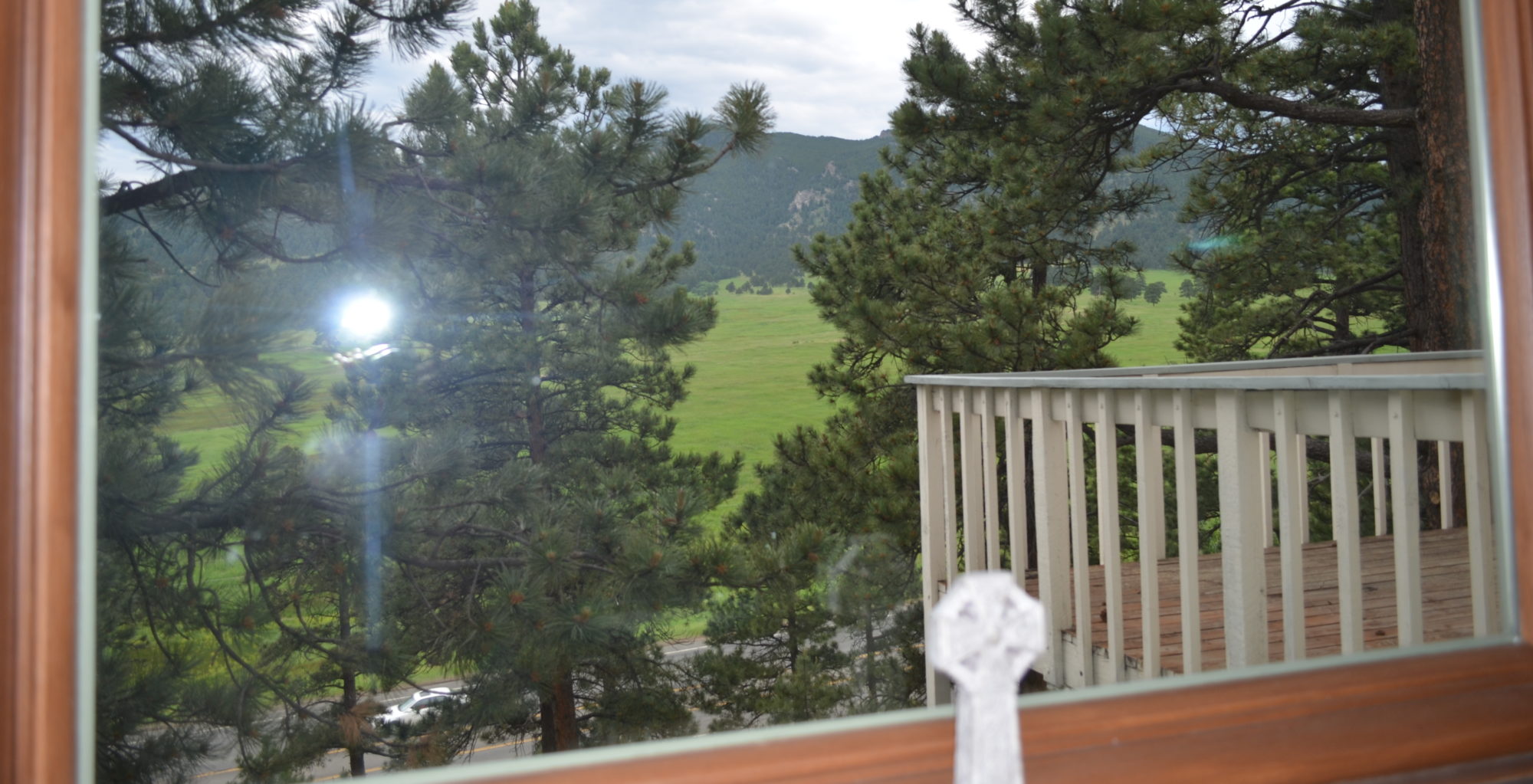There is a difference between a trip and a pilgrimage. Trips are very efficient, very American. I’m at point A. My destination is point M. A trip gets me between the two points as quickly and predictably as possible. Distractions like security lines at airports or road construction on freeways are irritations to be endured and have no other meaning. Whatever points B, C, D through L are – that’s irrelevant.
Not so with a pilgrimage. That is a journey where each point from start to finish has its own significance. It is a spiritual exercise in which, by attending to God, one can pay attention to sights, events and encounters that will give shape and meaning to the various points between the start of the journey and its completion.
So how does that work out on a train trip? It began with a desire to visit my wife’s family in the Portland, Oregon area. We do this every other year (mostly) and most of the time we drive. There are three different routes we’ve used, each with its own plusses and minuses. One thing each route has in common is that the many hours of driving are tedious and uncomfortable and when we return we’re in need of a vacation to recover from our vacation. Air travel is much more efficient, generally less costly, bland, meaningless in terms of view and terrain and distance and, thanks to our economic values, ultimately dehumanizing.
So if one wants to actually relax, decompress and engage the size and scope of this earth at a more humane pace, one takes a train. (Only, of course, if one’s destination is one of the continually declining areas that have train service.) Train travel can be done by coach. But unless one is on for a short commute and is reasonably young and limber it’s better to bypass coach and get a compartment. Yep, they’re more expensive but it does include the meals. You have two seats facing each other by the window, which means one of you will be looking back and the other forward. After all, you can change places if you need a change. In the evening the attendant will convert the seats into a horizontal platform for the lower bed, and pull the upper bed into place, arranging the mattress and sheets and blankets for your night’s rest. As a warning, the quarters are tight and climbing into bed requires some contortionist exercises. There is a restraint that hooks between the bottom of the upper bed and the roof of the compartment to prevent you from rolling out of bed in the night.
Once you do manage to get into the upper bed you will soon discover that there’s a reason we rock babies to sleep. The vibration of the train over the tracks does have a soporific effect. The primary downside of sleeping like this on a train is one does tend to wake up when we make a station stop or have to pull aside for a freight train. Sleeping cars generally provide four or five bathrooms (about the size of one on an airplane) and one shower. Taking a shower while the train is rocking along the tracks can be a challenge, but the shower does have a seat and some grip bars for relative safety. In addition to the roomettes there are a few “bedrooms” which have a bit more space, can sleep three and have a small sink. Each sleeper car also has one “family bedroom” that can sleep five and has a shower as well. On this trip a gentleman in a wheel chair had the family bedroom* in our car on the Zephyr and a young family of five had the equivalent room on the Coast Starlight.
There is a bit of interaction as one moves around the rail car. Given the narrow halls and the rocking motion you can find yourself paying a surprise call on your neighbors as you move through the car. However the real place of connection is the dining car. As I mentioned, meals are included with a sleeper fare. Coach passengers pay separately. With the large number of folks traveling, seating in the dining car is at a premium and no seat can be allow to go unfilled. The result is that you end up sharing your meal with fellow passengers on a random basis (unless you are part of a party of four).
We had lunch Friday with a couple from West Virginia who had taken The Cardinal to Chicago and the California Zephyr heading for Grand Junction. From there they were renting a car to drive northern Colorado from Meeker along US 40 through Grand Lake, across Trail Ridge Road and through the Rocky Mountain National Park in Estes Park back to Denver. They would reboard and return to West Virginia by train.
Two other meals were shared with Australians from the Perth area taking an extended train tour of the US. Each of these encounters brought some light and vitality to the journey. There’s much more yet to share for the Coast Starlight has yet to reach Portland, but the rest will come later.
*There is no way to make the Amtrak cars ADA compliant. Each car is a double decker and access from car to car is only on the upper level. With no elevator and no room to put one in, a person’s inability to climb stairs traps them in their lower level compartment for the duration of their trip. The car attendant brought the meals to our traveler but the rest of train life was inaccessible to him.




